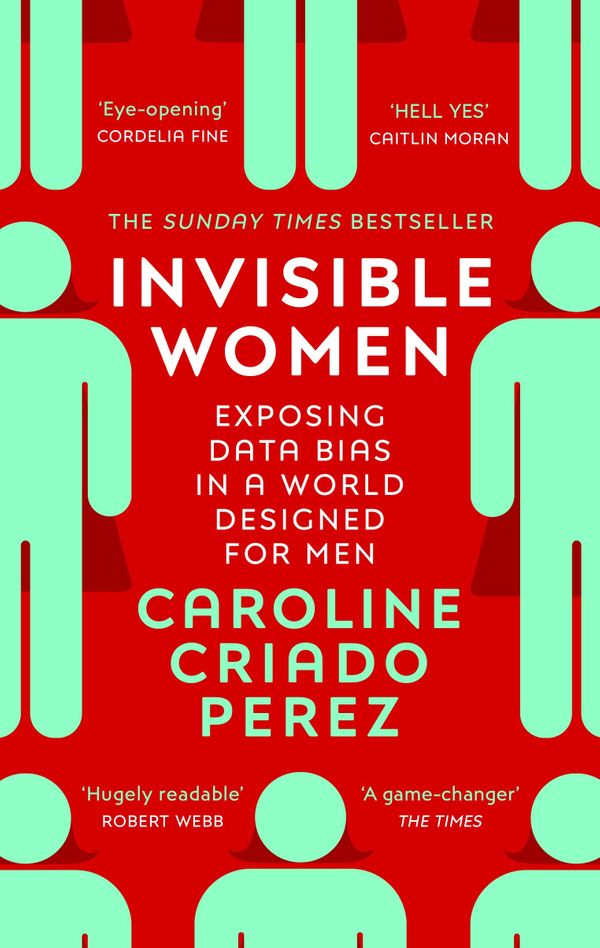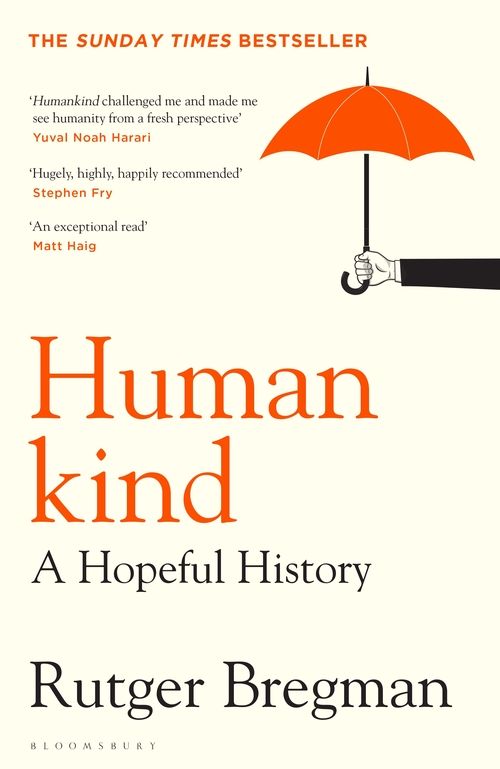By Malcolm Gladwell (2000)
Pages: 259, Final verdict: Great-read
Why all the fuss about the new fashion in town? Trends and ideas grow, but sometimes they spread like a virus at an incredible pace and range - making us wonder what is so special about this particular trend that made it take off. Malcolm Gladwell deconstructs these factors, showing us how to make something reach a turning point after which growth is "epidemic".
The Tipping Point was the first book by Malcolm Gladwell - the author of the massive bestsellers Blink and Outliers - which turned him to one of the most influential journalists of our day, famous for exploring unforseen sociological effects and presenting them in a simple manner through his captivating writing.
Three rules for epidemic growth
The Tipping Point is full of examples illustrating how a trend would 'tip' to become widely popular, such as the sudden widespread use of Hush Puppies Shoes or Sesame Street. Gladwell identifies three rules for epidemic growth which he elaborates on throughout the book:
- The Law of the Few - there are three types of people who are crucial to making an idea go viral:
- Connectors - the kind of people who know everyone else due to their innate abilities to making social acquaintances. They will help you spread the word because of the huge number of people they know and the different social circles they have access to (artists, scientists, entepreneurs, etc...).
- Mavens - the people who we trust as a source of information. Most likely, a Connector will have heard about the trendy new product through a Maven. They are obsessed about the details and love to get the best deals, you will recognize one by the way he knows the prices of a certain products to the cent. A Maven is always ready to offer his uninterested advice even if unsolicited, which makes them powerful agents of information dissemination.
- Salesmen - while Mavens find the new trends and Connectors spread it to their network, Salesmen will spread the word through their ability to persuade others. They master the skill of seducing others to follow their ideas, which is also very important when looking for epidemic growth.
- The Stickiness Factor
Besides using the right people to spread the word about an idea, the sucess of its growth depends on whether we manage to present it in an unforgetable way. Gladwell tells us about how the Sesame Street producers innovated by seeking to hold children's attention to help them learn as much as possible (for example, by placing words on screen). The main message is that small things in the way you present information can make a big difference in making your ideas stick. - The Power of Context
Gladwell explains the power of context through the Broken Windows theory: if there are broken windows in a city, people feel like no one cares and the crime rate is likely to increase - the corollary being that small things like keeping building neat can have a big impact in inducing a trend of crime reduction.
These three rules provide us a direction to start with when spreading a new idea: provide the right context, make sure that the message itself is sticky and use the right type of people to spread it.
Ideas spread through communities faster than anything else
When explaining his Power of Context theory, Gladwell quotes a research by Robin Dunbar from the University of Oxford which claims that an average human being's capability for developing true relationships is limited to 150 connections (You didn't really believe you had 2000 Facebook friends, did you?). This threshold number has been noticed to pop up at different times in history as the maximum size of different communities.
Gladwell makes the case that communities of up to 150 individuals share values and move themselves towards a common goal easily, whilst any larger group of people would face difficulties because our brains can't handle the information about that many relationships.
I especially enjoyed reading about the example of the manufacturing company Gore Associates (of Gore-Tex fabric) where each factory is kept to a maximum of 150 people - they split the factory in two if it must grow bigger! (A practice also described in the book Maverick - which I highly recommend.)
Gladwell conlcudes the book with a few case studies where ideas and products did achieve the tipping point and some others which failed to do so. In short, we should know that these small communities are the way to spread epidemic ideas, by engaging people to create many small movements.
Bottom Line
The Tipping Point is a great read, a fine example of the captivating writing Malcolm Gladwell is famous for. From the US war of independence to real life mavens and connectors interviewed by Gladwell, we are presented with many examples which make the book's ideas sticky.
Although there is some controversy about some of Gladwell's ideas being too simplistic - Freakonomics dismisses the broken windows theory and points other reasons for the decline in crime in NYC early 1990s - there is definitely a lot to learn from The Tipping Point.
All in all, this isn't a must-read book but it certainly won't disappoint you if you looking for insights into the way ideas spread, written in a positively entertaining way.
Further Learning:
- Buy the book online.
- [Article] Why Malcolm Gladwell's Ideas Are So Interesting Whether Or Not They're True
- Malcolm Gladwell's personal website with his article archive



